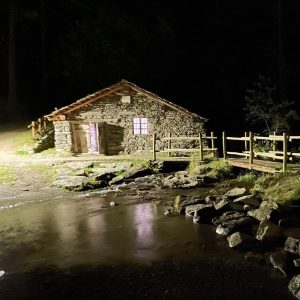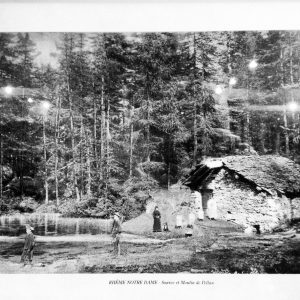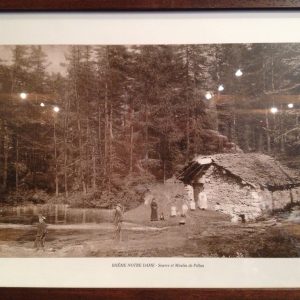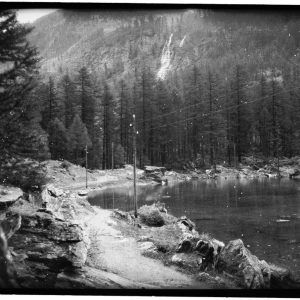Lé Hydroelectric Power Plant
September 4, 1921, represents a historic date for the Rhêmes Valley, a turning point where technological progress and community collaboration merged to give life to an innovative project. On that day, the members of the villages of Pont, Chaudanne, and Pellaud gathered at the Fusinaz house in Rhêmes-Notre-Dame and signed for the establishment of the "Société Coopérative Électrique du Lé" (Cooperative Electric Society of Lé). This new entity had the specific purpose of harnessing the waters of the Pellaud Lake tributary for hydroelectric power generation.
The chosen location for installing the Francis turbine was none other than the building that once housed the Pellaud mill, located near the lake and the village of the same name. A transition from the agricultural and artisanal past of the municipality to a future characterized by innovation and sustainable development.
In exchange for the electricity provided by the new power plant, the residents of Pellaud received the right to use the mill of Chaudannaz, located downstream. This agreement not only ensured the continuity of some traditional activities but also solidified a system of exchange and mutual support between the villages, strengthening the sense of community and cooperation.
The foundation of the "Société Coopérative Électrique du Lé" and the transformation of the Pellaud mill into a hydroelectric power plant thus represent a significant example of how mountain communities can adapt and thrive, intelligently utilizing available natural resources while promoting social cohesion and energy self-sufficiency.
Copyright 2023 LesReguges.it





